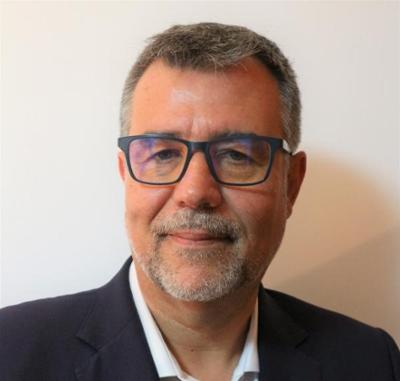

Rafael Marqués_ASEPAL: Today, there is PPE for almost every risk and working environment
Rafael Marqués, Vice-President of the Board of Directors at ASEPAL (the Association of Personal Protective Equipment Companies) and Vice-President of the SICUR 2026 Organising Committee, shares his views on the essential role of PPE across sectors, the importance of certification and proper maintenance, and the trends and regulations shaping the future of the industry.
Which sectors and industries have the greatest need for personal protective equipment (PPE)?
All sectors require PPE that is effective and tailored to their specific operational needs. Where collective protective measures are not viable, PPE becomes essential in safeguarding workers. It must be certified and designed for the specific environments in which it will be used. The goal is to ensure that workers return home safely each day and can enjoy a healthy working life free from occupational illnesses.
We are fortunate to have highly skilled professionals in occupational risk prevention, as well as leading manufacturers, importers and distributors who provide workers across all sectors with appropriate PPE solutions.
What are the key characteristics of PPE, and how has it evolved in recent years?
The primary function of any PPE is to protect against the specific risks it is intended to mitigate. To achieve this, it must be properly certified and correctly maintained. That said, PPE has undergone significant development in recent years. Today’s products are designed to be more comfortable, enabling workers to perform their tasks effectively without discomfort or hindrance.
There is now PPE available for virtually every type of risk and for almost every working environment. This is a highly innovative sector, constantly evolving to deliver protective solutions that prioritise both safety and comfort.
What new trends and regulations will shape the future of PPE?
Without a doubt, we are moving toward personalised PPE—solutions that combine protection, comfort, and innovation. When these factors are integrated, the logical next step is PPE that is adapted to the specific risks, working conditions (such as heat, cold, or humidity), and even the morphology of individual workers. Although still emerging, custom-made PPE represents the future of the industry, offering enhanced safety by addressing the unique requirements of each user.
What role does ASEPAL play in this space?
I’d like to take this opportunity to emphasise the importance of associations like ASEPAL. Made up of specialist companies, ASEPAL offers reliable guidance and expert advice, helping organisations select the PPE that best fits their protection and comfort needs, always considering the environment in which the equipment will be used.





